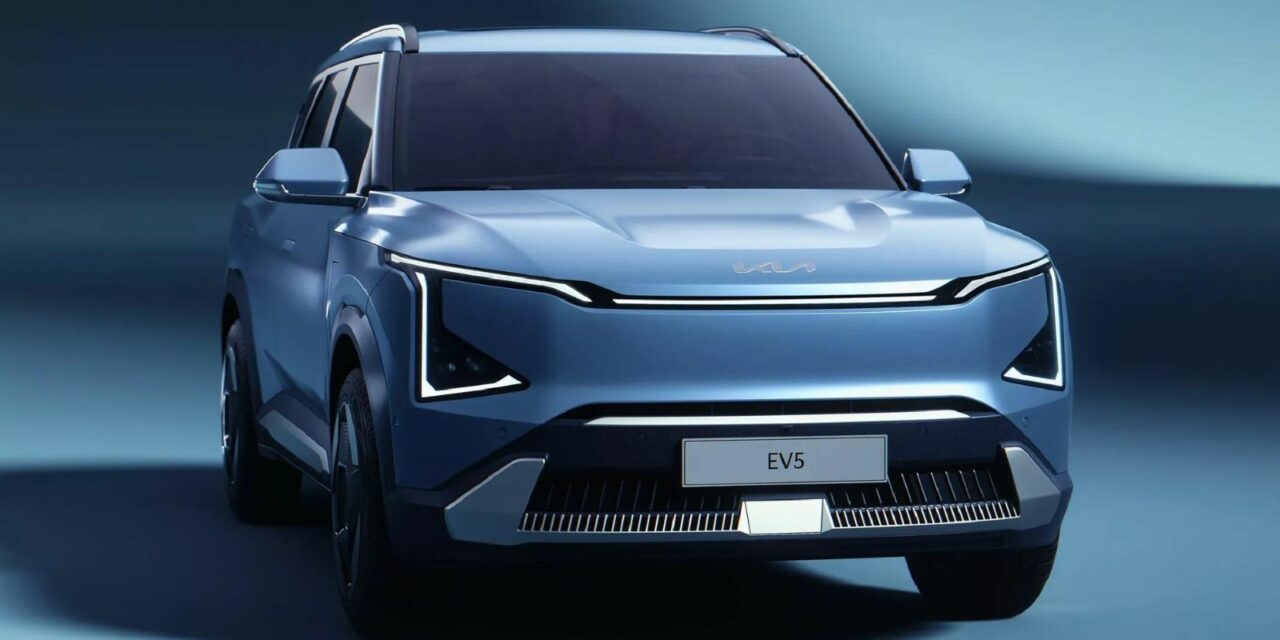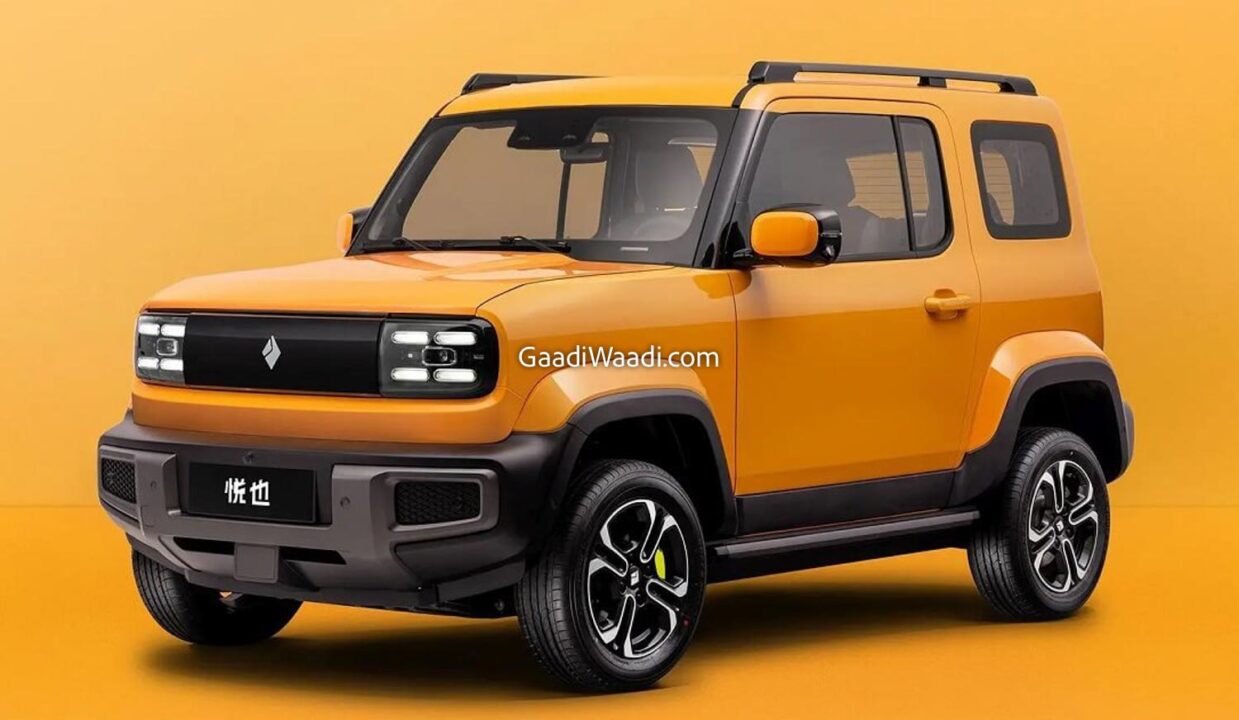
In global markets, manufacturers are competing to reduce the price of EVs which would accomplish Purchase Price Parity between EVs and ICE vehicles
Of course, the blunt answer is Yes, but there are many forces at play, and we need to consider not just the manufacturer’s ability to make EVs but also the consumer’s ability or requirement to buy one. Let’s discuss this in some more detail
If the reports provided by Rocky Mountain Institute (RMI) are to be believed, then it does show evidence that EV sales are on a constant rise and by 2030 it will have up to 85 per cent of the global market share. According to this report, the demand for fossil fuels has already started falling at a brisk pace and will continue to do so until 2030, after which it will see a sharp fall. The International Energy Agency states that 14 per cent of overall cars sold in 2022 were electric vehicles, which has increased from 9 per cent in 2021 and a meagre 5 per cent in 2020.
China is leading this EV boom and is currently the largest EV market in the world, followed by Northern Europe, where Norway already has 71 per cent of EVs plying on the roads. China had a total of 27 percent EV market share while Europe and the US had 20.8 percent and 7.2 percent respectively.
Based on the report by RMI, we can conclude that economics is the reason for this surge. The observation is quite simple, and it can be termed as Price Parity. When you consider the purchase price and cost of ownership (annual expenses like service maintenance and insurance) of an Internal Combustion Engine (ICE) for 7 years on average, the EVs have almost reached price parity.
In several global markets, the manufacturers are competing to reduce the price of EVs which would accomplish the Purchase Price Parity between EVs and ICE vehicles. Once this is achieved, then the balance would tip towards the EVs as they are more economical for an average consumer.
Apart from this, governments all over the world are providing subsidies and incentives to aid manufacturers in building the infrastructure required to produce more batteries and electric vehicles. Another advantage for both the manufacturer and the consumer is the fall in battery prices. One of the reasons this is possible is because of the decrease in prices of the raw materials required to make these batteries. Records state that the prices of the batteries have reduced by a staggering 88% since 2010, while the energy density continues to increase.
It is not all sunshine with respect to electric vehicles yet because of the complexity in setting up the charging network infrastructure, battery recycling and a whole lot of planning required to produce more electricity in a less polluting way. Currently, China leads in these areas and any learning can be utilized by other countries from which they can try to make it more effective and share that knowledge again.
In a nutshell, all things considered, the battery is the most expensive part of an EV and with its price reduction, the purchase cost and maintenance cost of all electric vehicles will reduce drastically. Once the price parity between an EV and its ICE variant is achieved then it will be easier to convince a potential buyer to go ahead with an EV instead.


